
Why Driest Desert on Earth Sometimes Blooms? And What Secrets Revealed?
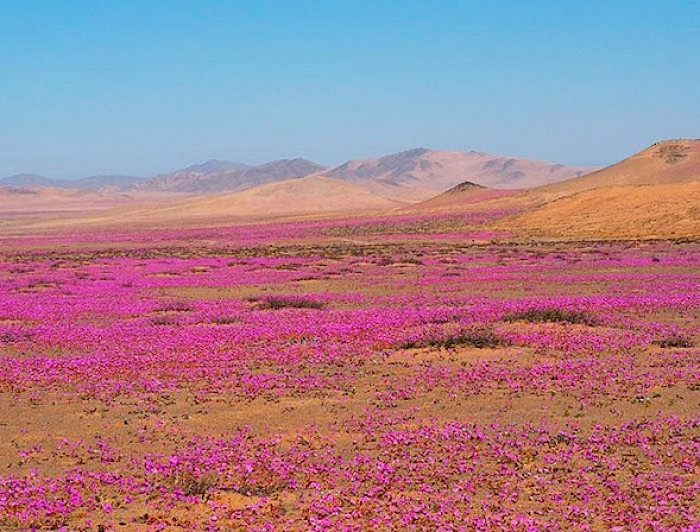
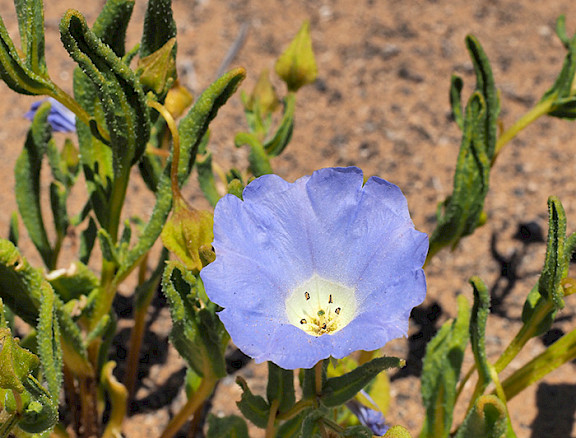
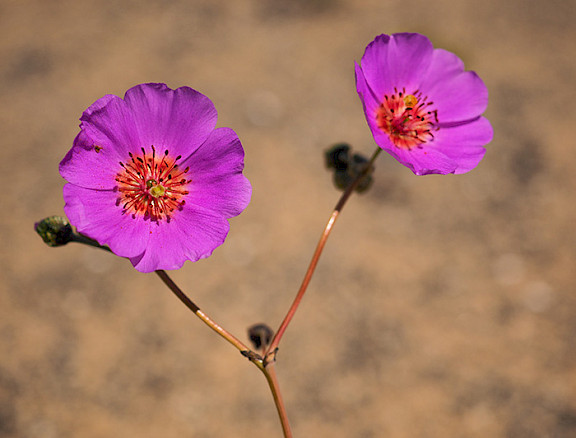
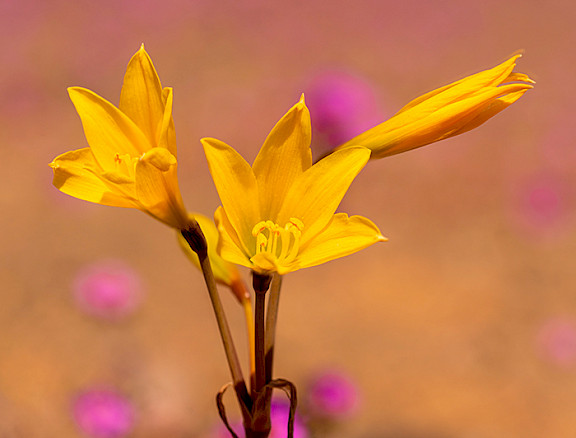
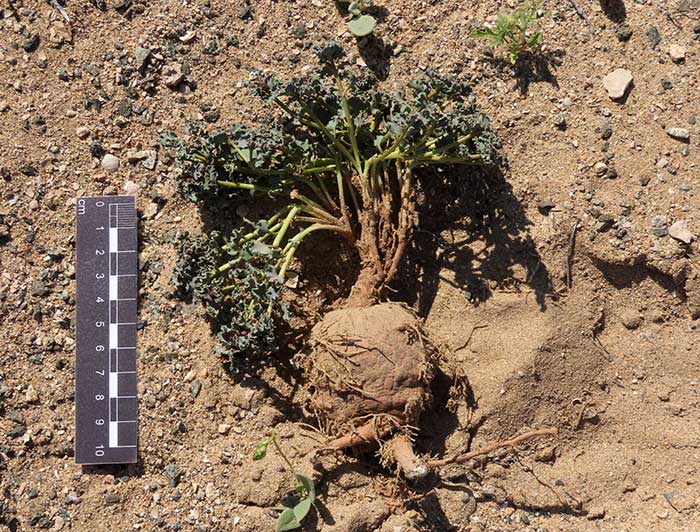
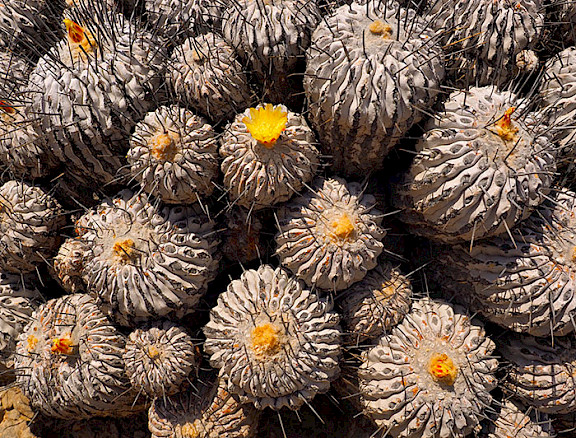
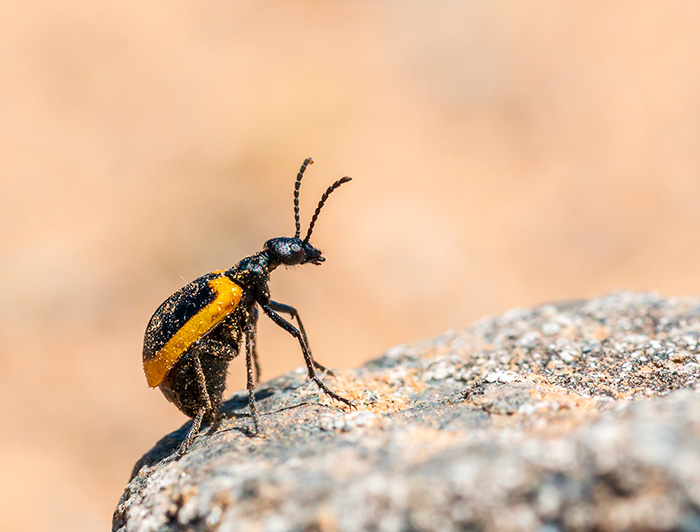
In one of the driest places on Earth—the Atacama Desert—a breathtaking natural event occurs when just the right combination of rainfall and temperature awakens long-dormant seeds, transforming the barren landscape into a vibrant carpet of flowers. This rare and spectacular phenomenon, known as the flowering desert or “desert bloom,” brings life back to an ecosystem that includes a variety of insects, reptiles, and birds, all of which depend on this brief but vital blossoming. Our home editor, Nicole Saffie, had the unique opportunity to witness this stunning natural event firsthand during 2021.
![Atacama desert photo, pink flowers]
Photo credit: Nicole Saffie
The desert bloom is closely linked to rainfall events, especially during “El Niño” years, when oceanic and atmospheric conditions bring warmer temperatures and more precipitation. While the bloom is most frequently observed in the areas around Copiapó, Huasco, and Caldera within the Atacama region, it can also sporadically occur in the Antofagasta region. Though less frequent there, the blooms in Antofagasta display greater plant diversity and include many endemic species unique to that region.
Approximately fifteen millimeters of rain is the minimum required to coax the native seeds out of dormancy. Along with adequate rainfall, the seeds also need warmer temperatures and specific light conditions to thrive.
When all these conditions align perfectly, the Atacama—the driest desert in the world—magically transforms into a vibrant garden bursting with life.
María Fernanda Pérez, a professor at the Faculty of Biological Sciences, explains: “The flowering desert is a phenomenon directly linked to rainfall. During these periods, there is a significant increase in plant biomass, mainly due to the proliferation of herbaceous plants.”
The scale and diversity of the blooms grow in proportion to the amount of rainfall. For example, the 2017 bloom was spectacular, with about 50 millimeters of rain falling, resulting in an explosion of colorful life across the desert.
Despite the overall scarcity of rainfall in 2021, the desert bloom still appeared in localized areas, particularly inland south of Copiapó and near Caldera, showcasing nature’s resilience even in challenging conditions.
Ana María Mujica, a professor at the Faculty of Agriculture & Forestry, adds that the blooming coincides with the El Niño phenomenon, which brings warmer temperatures and increased evaporation leading to more rainfall. Conversely, the colder La Niña currents tend not to support such blooms.
Over the past four decades, approximately fifteen such blooming events have been recorded. While Copiapó and Huasco remain the hotspots, other regions like Paposo near Antofagasta and areas near Iquique also host blooms, albeit less frequently. These regions are especially important for their high levels of endemism, meaning many species found there exist nowhere else on Earth, making conservation efforts critical.
In 2021, the Copiapó area received around 10 millimeters of rain. Although limited, this was sufficient to trigger the flowering desert, especially inland and around Caldera, painting the dry landscape with bursts of color.
On the Flower Route
One of the most iconic species of the desert bloom is the Rock Purslane (Cistanthe grandiflora), which blankets plains and hills in vivid fuchsia hues.
Traveling along Route 5 North, between Copiapó and Vallenar, one might initially see nothing but dry, barren plains and hills under a deep blue sky. The landscape is dominated by mining vehicles, a testament to the region’s economic backbone.
Suddenly, near the C-35 junction toward Nantoco, the scenery shifts dramatically. A lilac tint emerges, intensifying into a rich fuchsia carpet as Rock Purslanes cover the ground, stretching as far as the eye can see.
Closer inspection reveals a mosaic of colorful species, including:
-
Yellow and orange Añañucas (Zephyranthes bagnoldi)
-
White Suspiros de campo (Nolana baccata)
-
Other Suspiros species (Nolana carnosa and Nolana acuminata)
-
Malvillas (Cristaria species)
-
Coronilla del Fraile (Encelia canescens), among many others.
Sleeping Beauty Seeds
The yellow Añañuca, a common seasonal herbaceous plant, completes its entire lifecycle—germinating, flowering, producing seeds, and dying—within just a few months, leaving seeds behind for future blooms.
Ana María Mujica, who has studied desert plants for over 30 years, explains that all the flowering desert plants share a key feature: they are herbaceous annuals or biennials. Their seeds have a tough, almost impenetrable outer coat, allowing them to remain dormant underground for many years—sometimes up to a decade—waiting for the right conditions to sprout. These “sleeping beauty” seeds are remarkably resilient.
Some plants grow from bulbs, rhizomes, or corms—underground nutrient storage organs—that also help them survive harsh conditions until the next bloom cycle.
In total, the flowering desert is home to nearly 1,900 plant species, with 32% endemic to this part of South America and 58% endemic to Chile, according to a 2017 study by the Instituto de Investigaciones Agropecuarias. Many species remain undiscovered, highlighting the area’s biological richness and the need for ongoing research.
In Search of Cacti
Cacti are another distinctive group in this ecosystem, with the Copiapoa genus standing out as the “golden star” of the region. Native to northern Chile’s dry desert coast, Copiapoa includes around 26 species, often spherical and varying in shades from brown to blue-green.
The Llanos de Challe National Park on the Atacama coast is a sanctuary for Copiapoa dealbata, which grows in cushion-like clusters up to one meter high and two meters wide. These cacti are coated with a whitish wax to protect against dehydration, and their bright yellow flowers appear almost miraculously among their protective spines.
Unfortunately, Copiapoa cacti are vulnerable due to their limited geographic distribution and decreasing reproductive success. Illegal trafficking adds to their threat, as these plants are highly sought after in European and Asian markets, where individual specimens can fetch prices between $500 and $1,500.
A Little Water Awakens the Desert
The flowering desert is a fleeting yet incredibly complex ecosystem. As Ana María Mujica notes, “It is an ephemeral flowering event around which numerous species—birds, insects, reptiles, rodents—depend.”
Insects, in particular, are astonishingly diverse during the bloom, with some species found only in this environment. These pollinators play a crucial role in maintaining the genetic diversity of plants and spreading seeds, thereby expanding the desert’s biodiversity.
María Fernanda Pérez emphasizes, “Just a little water can awaken an entire ecosystem.”
Conservation Challenges and Hope
Despite its beauty, the flowering desert is fragile. Removing plants or seeds can cause permanent loss, and off-road vehicles can damage delicate habitats. Additional threats include soil erosion, mining activities, livestock grazing, and the growing impacts of climate change.
Both scientists stress the importance of education and conservation. Pérez states, “People need to learn about the flowering desert, appreciate its value, and participate in preserving it.” Conservation efforts like seed banks, botanical gardens, and research labs are essential for protecting this unique ecosystem.
“If people understood that some bulbs can be 15 to 20 years old, they wouldn’t take them out,” she adds. “The same goes for cacti. Education helps us value our natural history and motivates us to protect it.”
The flowering desert of Atacama is more than just a natural spectacle—it’s a delicate, interconnected ecosystem that depends on precise climatic conditions and careful stewardship. Its vibrant bursts of life remind us how resilience and beauty can arise even in the harshest environments, inspiring both wonder and a call to protect our planet’s irreplaceable natural heritage.
News in the same category


Pick Your Robin

Elon Musk Urges Millions to Cancel Netflix as Boycott Gains Viral Momentum

Earth’s Energy Imbalance Doubles Speeding Up Climate Change

15+ Things Women Find Unattractive in Men Over 50

Strongest solar flare of 2025 erupts from sun, sparking radio blackouts across Europe, Asia and the Middle East (video)
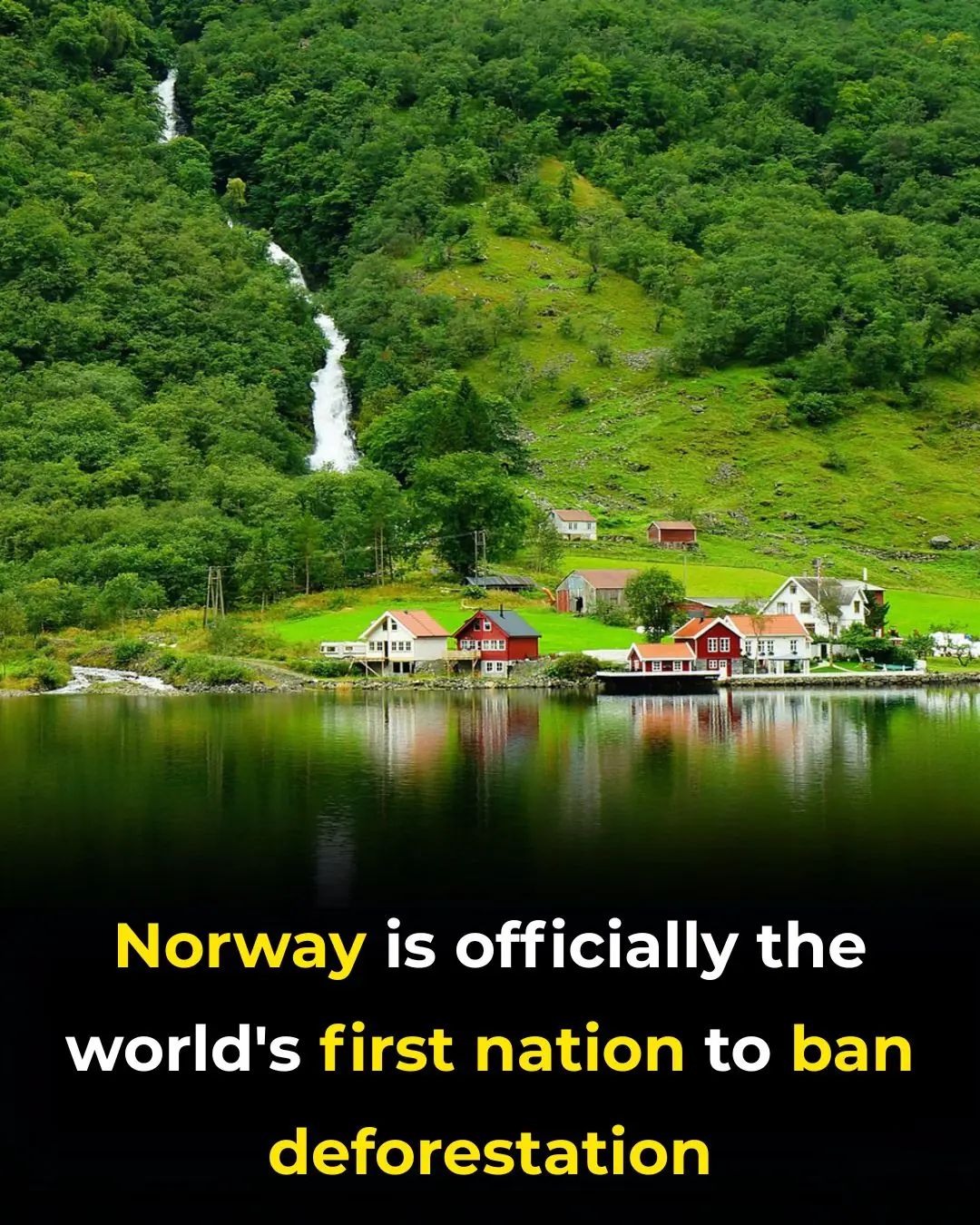
Norway Is the World’s First Nation to Ban Deforestation
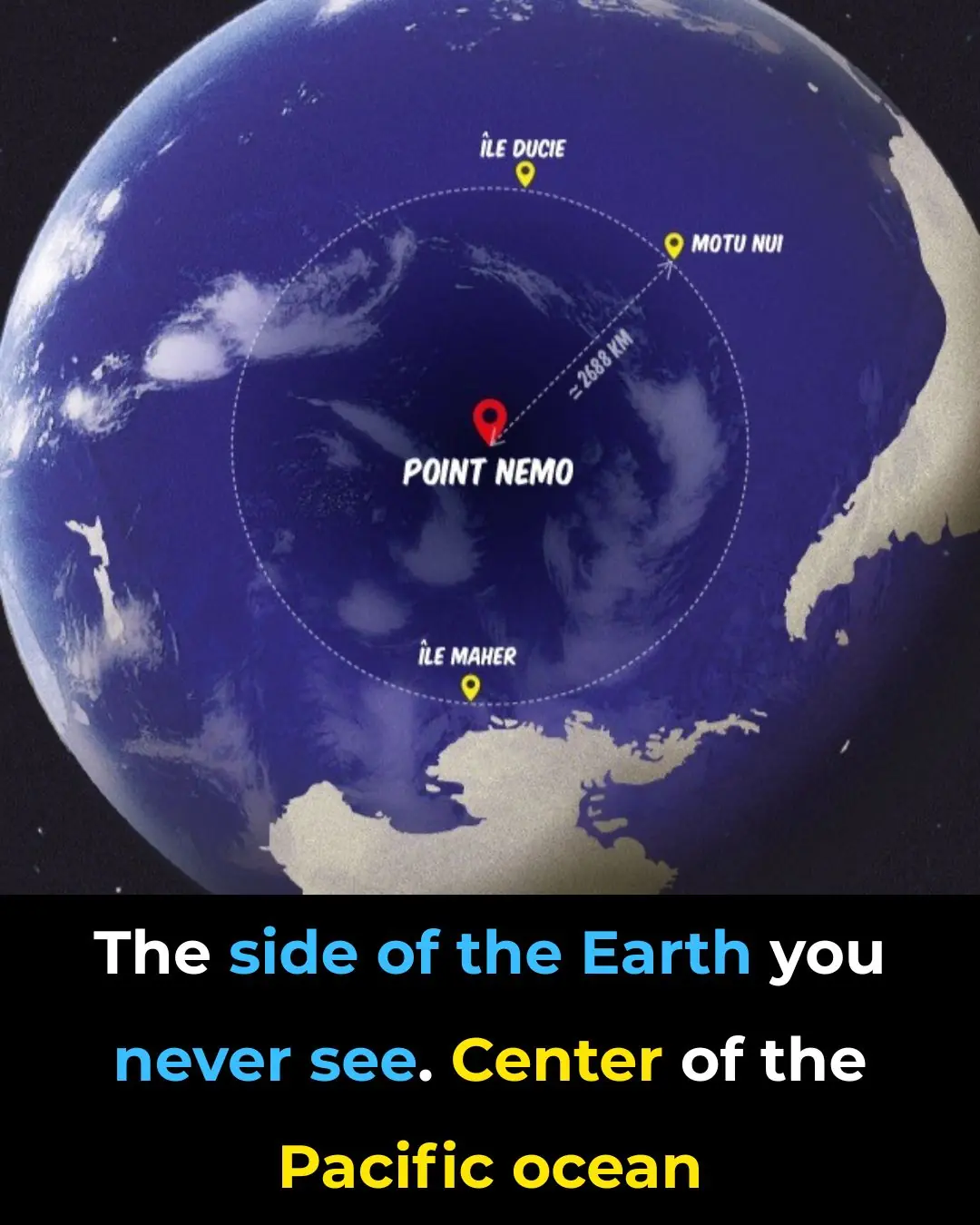
British Father and Son Become First to Swim Through Point Nemo, the Farthest Point From Land on Earth

Life on Tristan da Cunha – The World’s Most Isolated Island with Only 264 Residents
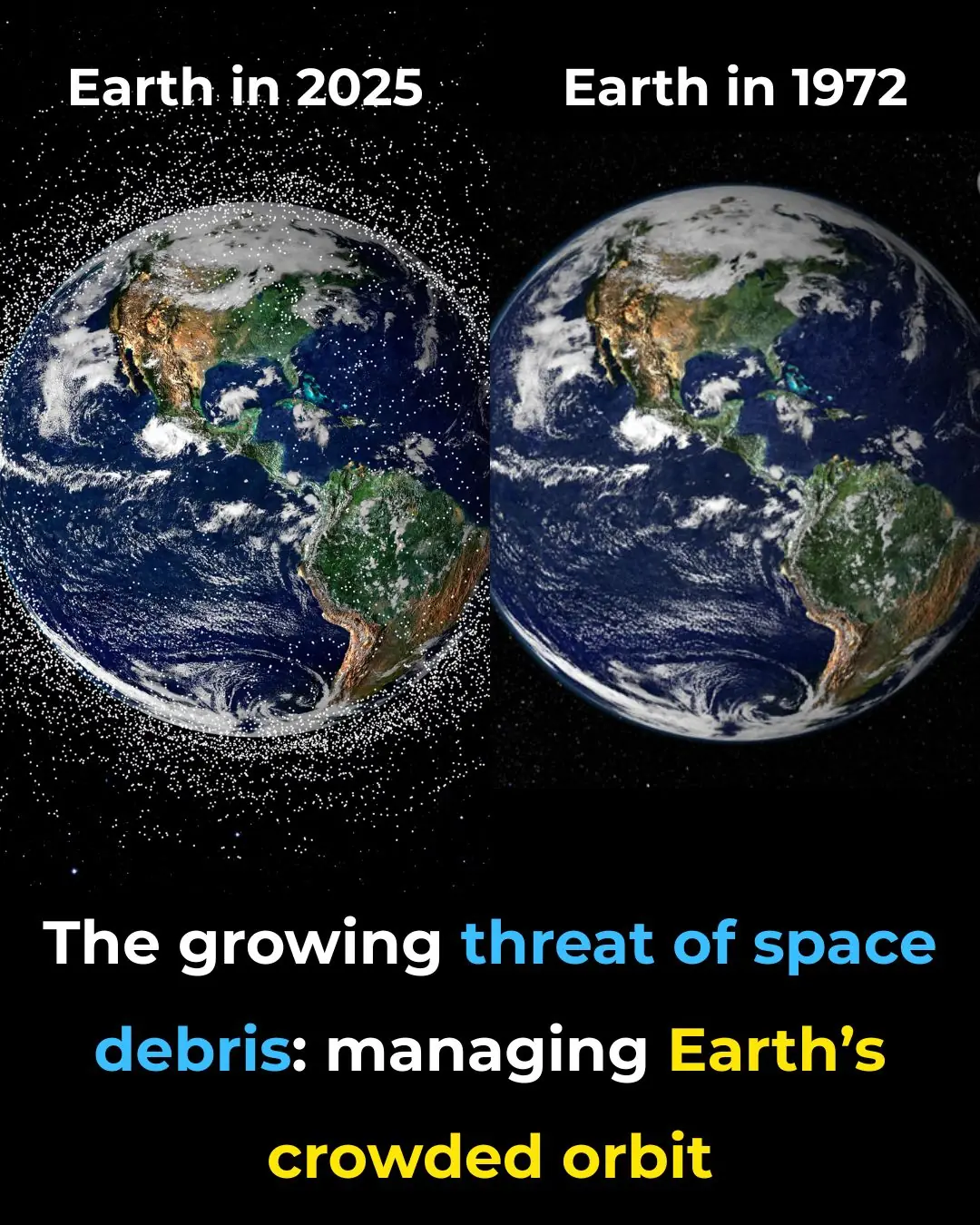
The Growing Threat of Space Debris: Managing Earth’s Crowded Orbit

Moses’ Miracle: Walk on Water at Barra Grande Beach

Scientists Find Crows Are Capable of Recursion — A Cognitive Ability Thought to Be Unique to Humans and Other Primates

Why Cats Leave Home and Don’t Return

Shocking change to Xbox Game Pass has many people canceling their subscription

What really happens to your iPhone's battery health when you charge to 80% instead of 100%

The World’s First Living Biocomputer: Where Brain Cells Meet Technology
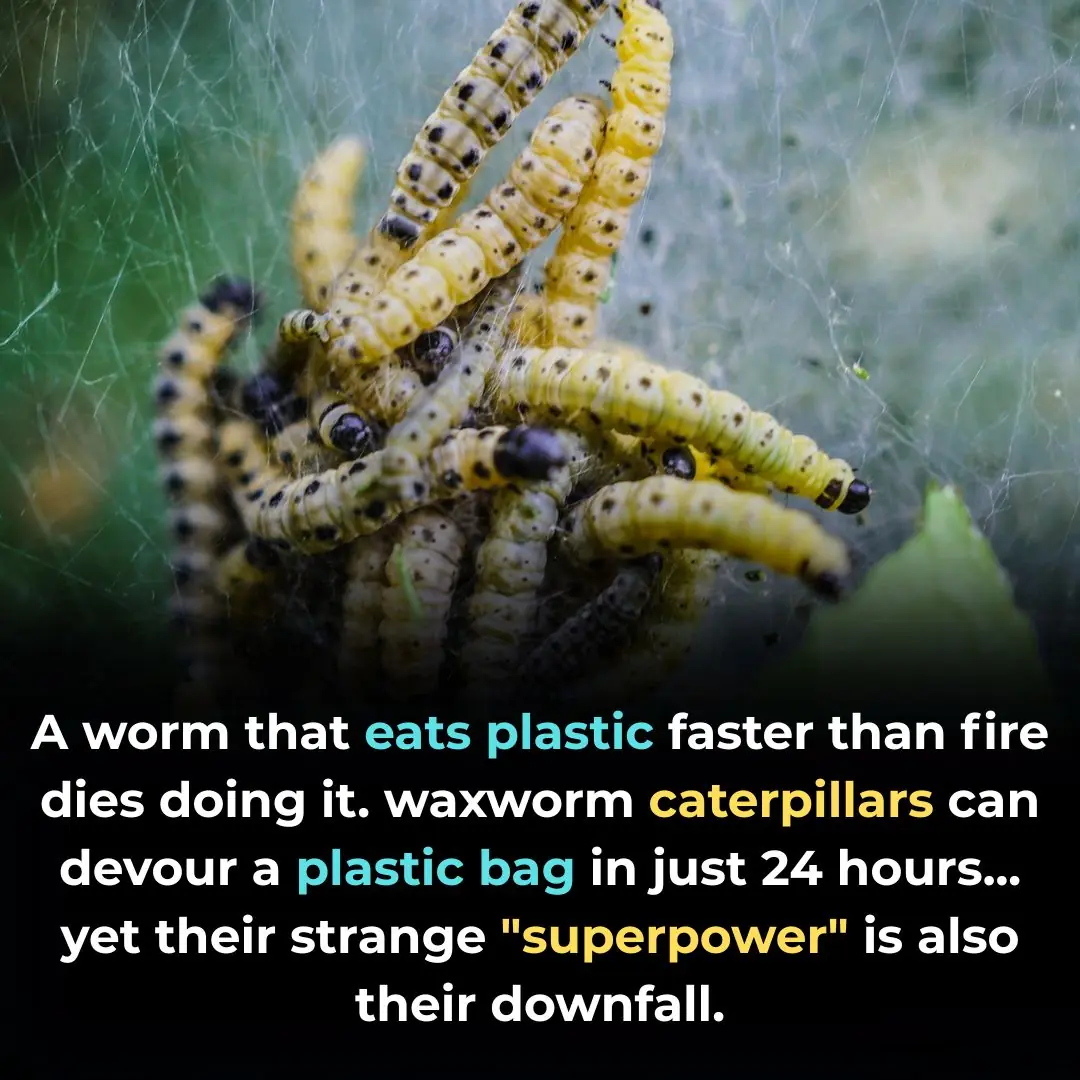
2,000 Worms vs. 1 Plastic Bag a Day: A Surprising Discovery in Canada

The moon and Saturn meet—October 5
News Post

Jennifer Hudson Champions Musical Inclusivity Amid Super Bowl Language Debate

Jennifer Hudson Cheers on Bad Bunny’s Super Bowl Swagger — and Starts Learning Spanish Herself

Charli XCX shares cryptic video after Taylor Swift’s ‘Actually Romantic’ diss

NY authorities clamp down on liquor store openings citywide as booze demand plummets

Desperate rescue effort underway to save hundreds of hikers stuck on Mount Everest after snowstorm

Six signs you may be a functioning alcoholic according to doctor
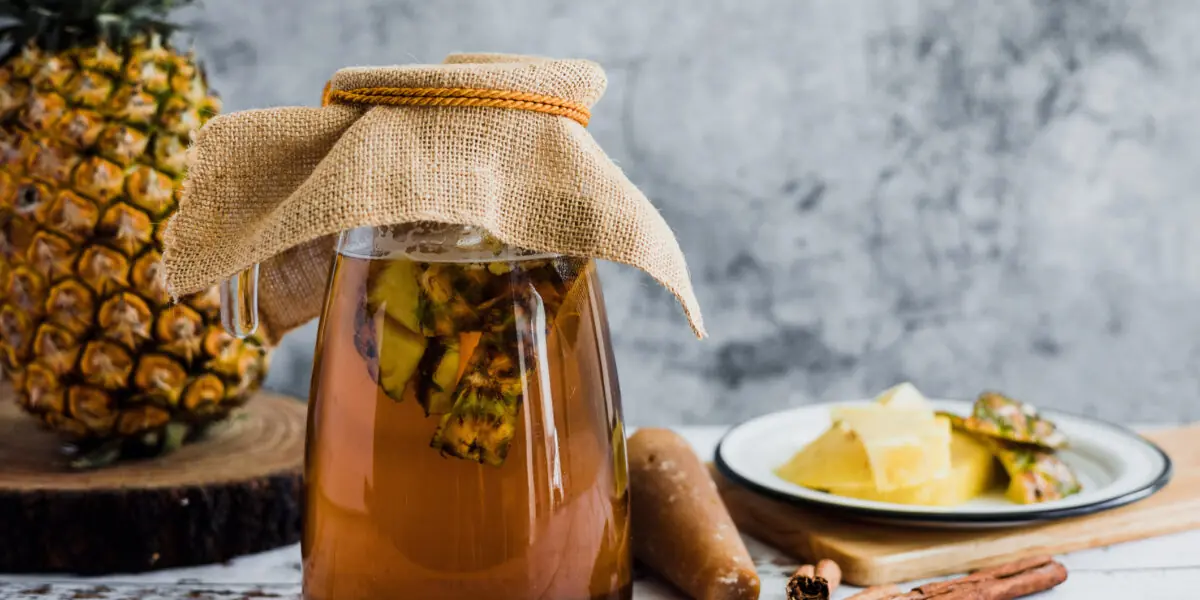
Pineapple Water: A Refreshing Drink That Supports Your Health

The Silent Threat: Recognizing Early Signs of Kidney Disease and Lifestyle Prevention

A Heartwarming Encounter: A Child’s Innocence and the Power of Love.

The Stranger Who Stopped: How One Man’s Compassion Saved a Life on a Busy Georgia Road

Baking Soda (Bicarbonate of Soda): Uses and Benefits (Science Based)

A Father’s Day Gift Like No Other: A Daughter’s Kidney, A Father’s Second Chance

Benefits of Walking: Why Walking is One of the Best Forms of Exercise 🚶♀️

Maliyah’s Fight: A Fifteen-Year-Old Cheerleader Battling Stage 4 Cancer With Courage and Faith

No Cake, No Balloons: A Firefighter’s Quiet Birthday of Purpose and Service

Orangutan Secretly Watches Over Woman During Jungle Survival Challenge

“The Stranger on a Plane: How One Man’s Kindness Gave a Mother the Gift of Rest”

A Little Fighter’s Final Victory: Remembering Bryson’s 1,027-Day Battle

A Match Made in Dog Heaven: A Toddler and Her Puppy Who Share a Special Bond
